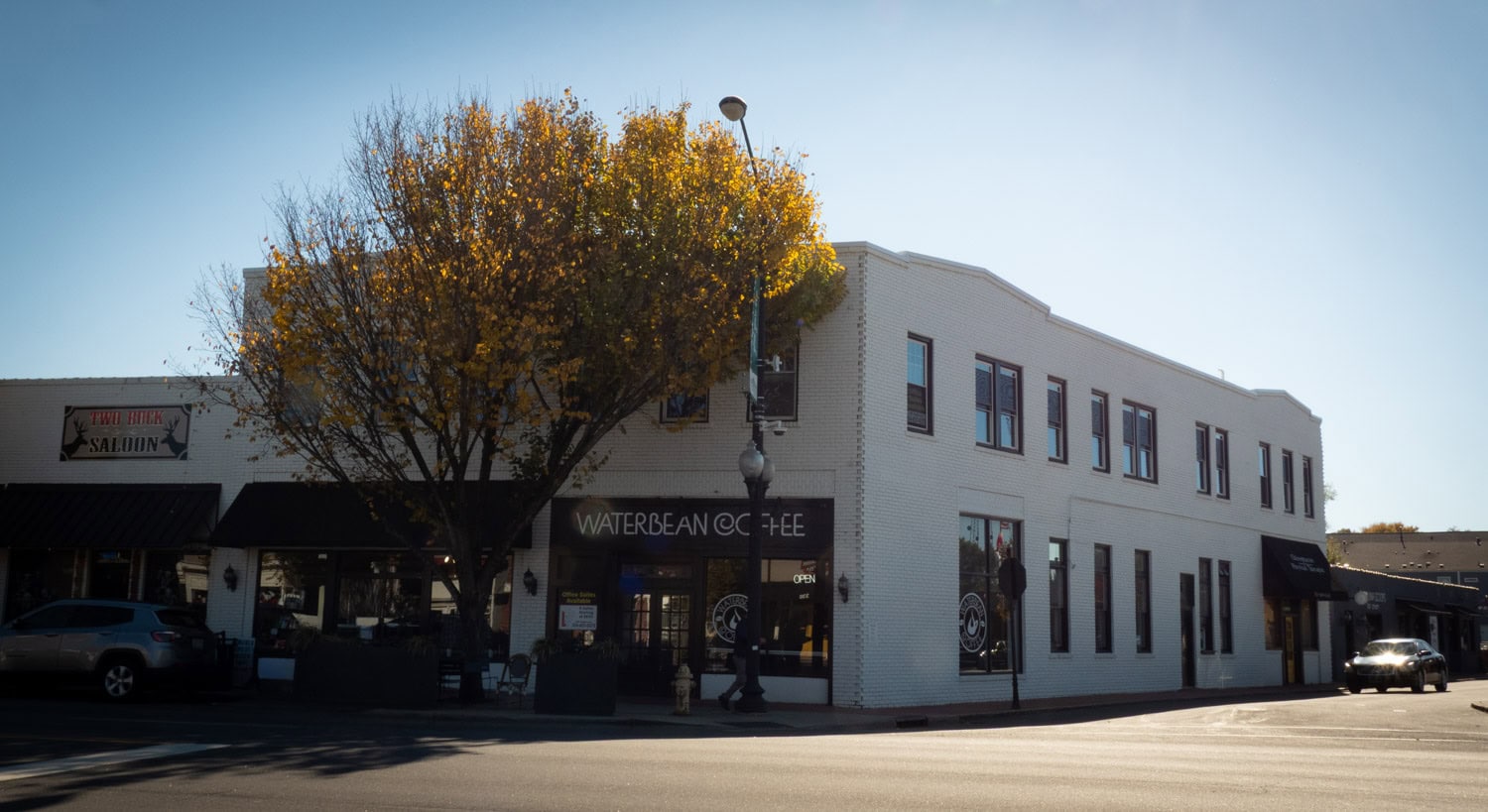
In almost all construction or land development situations, the need arises to charge a vendor/subcontractor for damage, improper work, or general neglect. Whether it’s for leaving a mess behind, a repair bill for damage, or correcting mistakes, chargebacks are a part of construction.
Companies often track back-charges manually, using spreadsheets, or with email. The problem with these methods is they are incomplete, don’t reconcile with any accounting reports, and are easily overlooked. The result is an offending subcontractor or vendor not being charged-back in a timely manner and the builder or developer overpaying for the job. At a minimum, back-charges result in time wasted by both companies’ accounting departments to sort out the mess.
There’s a much simpler and more accurate way to handle this essential task using tools and steps that are already being used within the accounting system itself.
For example, Joe the Painter spills paint on a sidewalk requiring Pressure Washers-R-Us to perform additional, non-budgeted services. The original budget and quote for Painting is $3,000 and Pressure Washer charges $75 (not budgeted) for removing the spilled paint from the sidewalk. The contractor’s accounting department needs to:
- Code the Pressure Washers-R-Us bill to whatever job cost code it belongs (in this case, Cleaning). Clearly identify that this is a back-charge item by making a note in the memo field.
- Make a copy of the Pressure Washers bill and enter a credit charged to Cleaning but against Joe the Painter’s vendor account. At this point, the Cleaning job cost code should show $75 in/out. A/P should show a bill due to Pressure Washers for $75 and a credit against Joe the Painter for $75.
- Enter Joe the Painter’s bill for $3,000 coded to the Painting job cost code (Interior Finishes or whatever the customary code for this vendor or service). Note that you are not affecting the Painting budget or actual expense since the chargeback has nothing to do with Painting, but rather Cleaning.
- Apply the $75 credit to Joe the Painter’s bill which results in a check issued for $2,925. Include a copy of the Pressure Washers bill to prove the amount and nature of the chargeback.
- Issue a $75 payment to Pressure Washers as normal.
The final picture should be no net change in balance for the Cleaning code, Painting increases by the agreed-upon $3,000, and the cash outlay is $3,000. In the end, Joe has been back-charged $75 for making a mess, and Pressure Washers is paid in full.
This process provides a simple, effective, and easy to audit method to handle back-charges for both development and construction projects.



